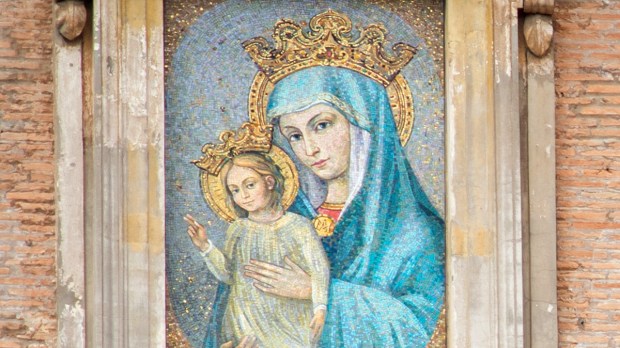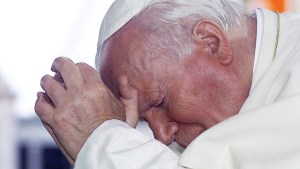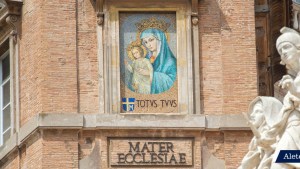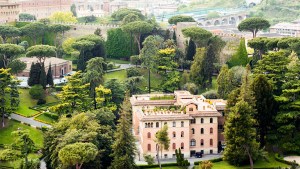Before the assassination attempt on John Paul II on May 13, 1981, there wasn’t a single image of Mary in St. Peter’s Square. The first — and so far, only — one was placed there as a votive offering of thanksgiving for the Polish Pope’s miraculous survival.
Symbolic place
“One hand was shooting, and another was directing the bullet,” John Paul II said shortly after the assassination attempt. He shed his blood in an extremely symbolic place: the location of the former ancient circus of infamous Roman emperor Nero, where the first Christians died for Christ. Indeed, St. Peter was crucified nearby.
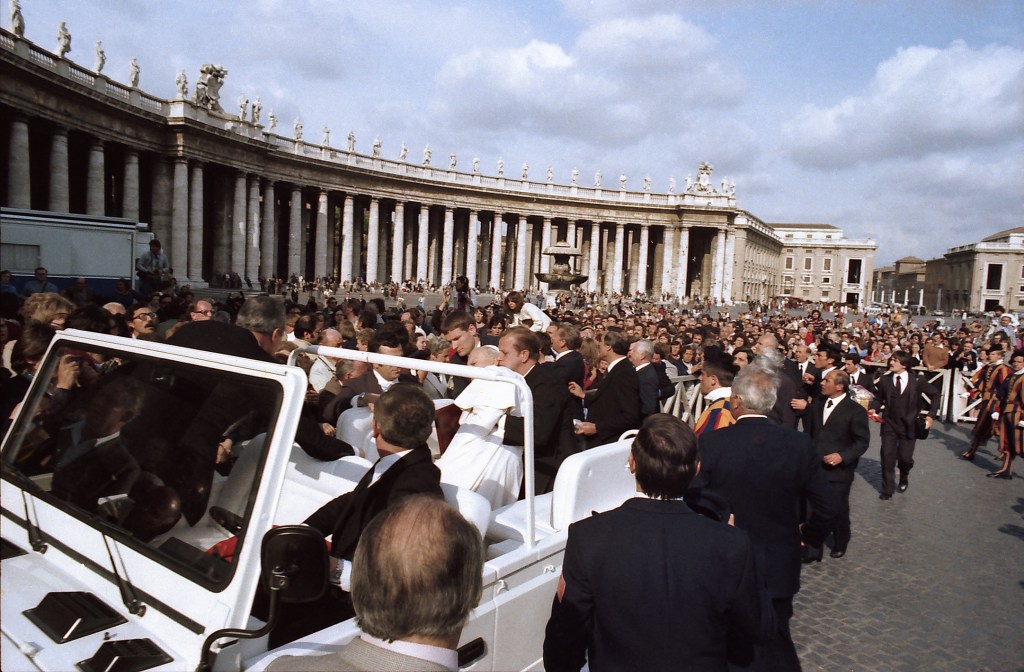
The site of the assassination attempt is marked by a small marble plaque embedded in the paving stones, bearing the coat of arms of the Polish Pope and the date: May 13, 1981. You can often see pilgrims praying there, and flowers are frequently found lying on the plaque.
The Holy Father was convinced that it was Mary who saved his life. Hence, when Vatican employees told him they wanted to commemorate his miraculous survival, he asked that an image of Our Lady be placed in St. Peter’s Square in a place visible to all.
Where is Mary in St. Peter’s Square?
It was also a response to a comment John Paul II had heard a year before the assassination attempt, during a meeting with young people. At the time, a young man had remarked on Mary’s absence from the square in front of the Vatican basilica, despite the fact that there were already statues of the Savior, all the apostles, and 140 saints visible on the colonnade. John Paul II had promised to remedy this, and the initiative of the workers provided an opportunity to do so.
Today it’s difficult to imagine the Vatican without the image of Our Lady with the Child Jesus. It features John Paul II’s coat of arms and his motto Totus Tuus, with an inscription underneath in Latin: Mater Ecclesiae, Mother of the Church. In order for this Marian image to appear in the square, however, it was first necessary to overcome the resistance of the architects, who didn’t want to allow the slightest change in the appearance of the square. In the end, however, they yielded to the Pope’s firm request, and eventually one of the windows of the Apostolic Palace was replaced by the mosaic.
Mater Ecclesiae
Although it looks inconspicuous from below, it’s nevertheless more than eight feet tall! It’s a copy of a fresco appearing on one of the columns of the previous basilica (built by the emperor Constantine) which was fortunately saved. Fr. Arkadiusz Nocoń, of the Congregation for Divine Worship, explains:
The Mother of God, who can be seen on it, was given the title Mater Ecclesiae, i.e. “Mother of the Church,” to commemorate the historic event of November 21, 1964, when, during the then-ongoing Second Vatican Council, Paul VI proclaimed Mary Mother of the Church…
The mosaic was consecrated by Pope John Paul II on December 8, 1981. He prayed that it might help everyone who comes to the square to “raise their eyes to Mary and with childlike devotion direct their prayers to her.”
A Marian corner
As for Our Lady of Fatima, she is also present in the most Marian corner of the Vatican, which is undoubtedly the papal gardens. A statue of Mary extending her helping hands toward three shepherd children has been placed there.
It’s also worth recalling that popes setting out on their trips are blessed by Our Lady of Czestochowa. At the heliport stands a unique statue of the Queen of Poland, donated by the Pauline Fathers.
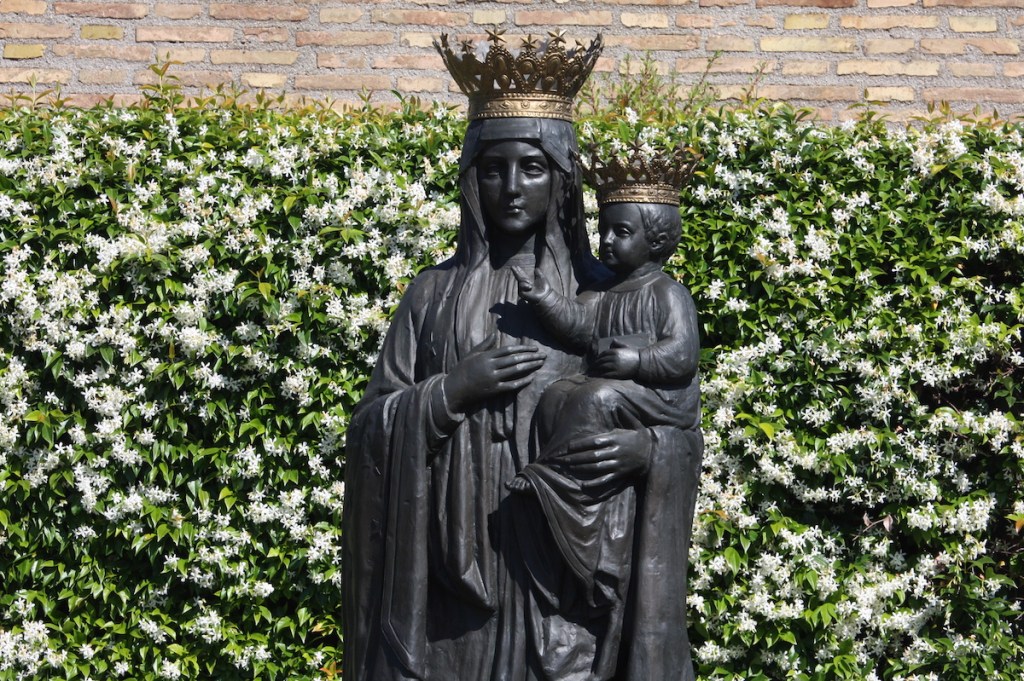
In any case, Vatican City State (this is the official name of this smallest state in the world) has been exceptionally Marian from its beginnings and is also marked by the apparitions of Lourdes. As it stands today, it was created by the Lateran Treaties signed on February 11, 1929. Few remember, however, that 71 years earlier, on that very day, the first Marian apparitions in Lourdes took place.
Pius XI, who signed the treaties, also had a statue of the Immaculate placed on the facade of the Palace of the Governorate, a sort of equivalent of the Ministry of the Interior. Thus, she protects the entire state in her maternal arms. Marian images in the papal gardens tell the story of the Church and testify to Mary’s maternal action in its history.
